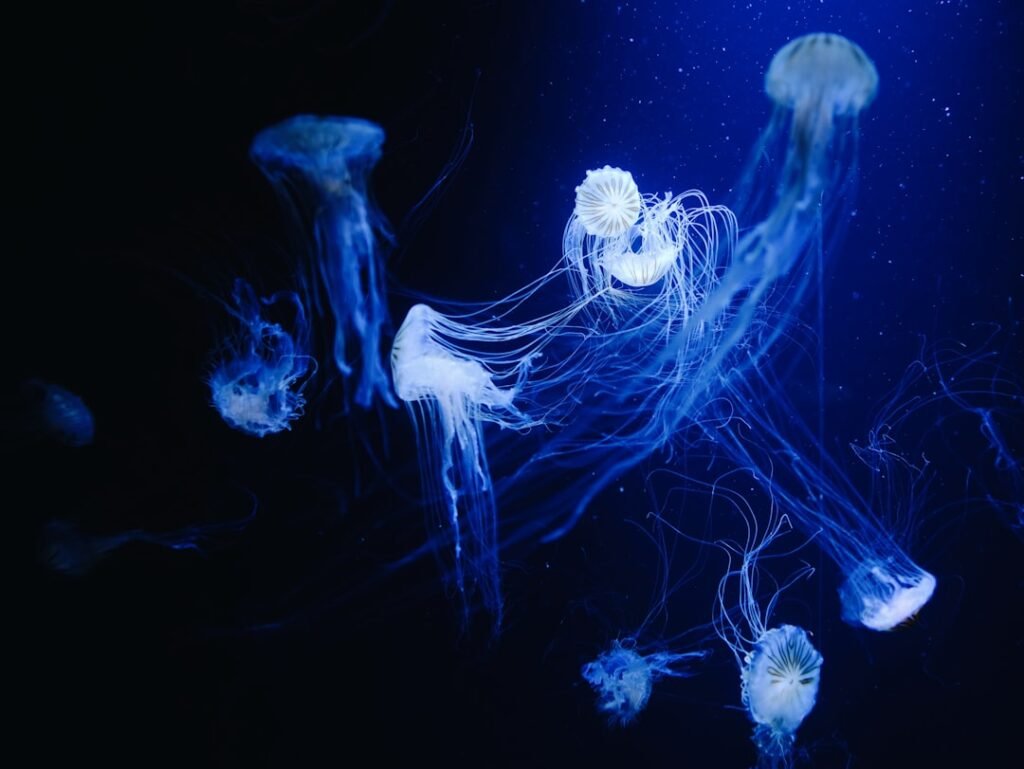Somewhere in the moonlit Mediterranean, a jellyfish only about 4.5 millimeters across does something that sounds like science fiction: it turns back its own clock. While most living things march from birth to decline, this creature appears to sidestep the finish line by rebooting to a youthful stage. It’s a biological plot twist that has vaulted the so-called immortal jellyfish into headlines and labs alike. For researchers chasing the mechanics of aging, it’s less about forever life and more about how tissues can reset themselves without falling apart. The question on the table is deceptively simple: what does this tiny animal know about regeneration that we don’t?
The Hidden Clues

The species at the center of the story, Turritopsis dohrnii, is a hydrozoan so delicate you could miss it in a teacup. When stressed by injury, starvation, or sudden temperature swings, it doesn’t simply die; it collapses its adult body and retreats to an earlier form. Imagine a butterfly returning to its chrysalis and then becoming a caterpillar again, only to bloom once more into a butterfly later. That’s the sort of biological sleight of hand we’re dealing with.
The first time I watched lab footage of this shape-shifting act, I caught myself grinning at the screen like I’d seen a magic trick. The medusa unfurls into a tiny sprouting colony, then clones new medusae that swim off as if nothing happened. Predators, infections, and plain bad luck still kill plenty of these jellyfish, so immortality here is about potential, not certainty. Even so, the potential is astonishing enough to make aging researchers sit up straighter. If a whole animal can hit reset, what’s stopping our tissues from pulling a quieter version of the same trick?
A Life in Reverse: The Turritopsis Trick
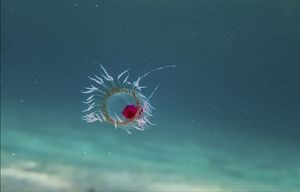
Like other jellyfish, Turritopsis usually follows a familiar arc: egg to planula larva, larva to bottom-dwelling polyp, polyp to free-swimming medusa. The curveball comes after the medusa stage, when hardship arrives and the animal detaches cells, forms a kind of jelly-like cyst, and reorganizes into a new polyp. From that polyp, fresh medusae bud as clones, effectively rebooting the life cycle. It’s not resurrection so much as rewinding the tape.
What makes this feat remarkable is how coordinated it is across tissues. Muscle, nerve, and stinging cells don’t just disintegrate; they are reassigned as if someone swapped name tags at a conference and the crowd instantly learned new jobs. The regrouping is fast, sometimes unfolding over days, and leaves behind a functioning juvenile structure. In biological terms, the animal has reversed developmental direction without returning to an embryo. That breaks a rule we once thought was ironclad.
Cells That Rewrite Their Fate
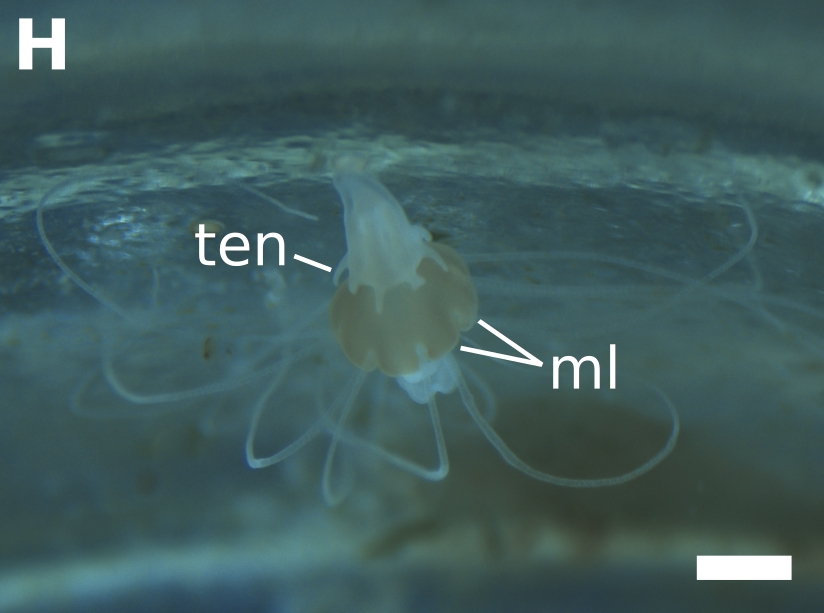
At the cellular level, Turritopsis appears to use transdifferentiation, a process where one mature cell type converts directly into another without rolling all the way back to a blank-slate state. Think of a seasoned violinist picking up the cello and playing convincingly after a crash course, rather than re-enrolling in kindergarten. This route is faster and potentially safer than complete reprogramming because it avoids a prolonged window of instability that can invite errors.
Researchers also see hints of partial reprogramming, where cells loosen the molecular marks that lock in identity, then re-establish them in a new pattern. Epigenetic changes – chemical tweaks to DNA packaging – likely play conductor here, opening certain gene suites while silencing others. Supporting roles come from stress-response pathways and wound-healing programs that stabilize the transition. The outcome is a coordinated pivot rather than a cellular free-for-all. Evolution seems to have tuned the choreography so tissues switch roles without losing the plot.
What Genetics Reveals
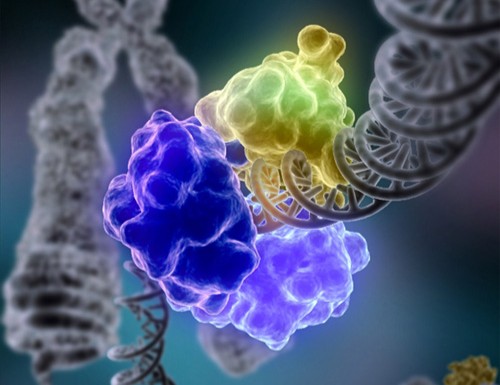
Genomic comparisons suggest the immortal jellyfish leans heavily on reinforced DNA maintenance and repair. Duplications in genes tied to genome stability and telomere upkeep point to a body plan invested in keeping chromosomes tidy under stress. That resilience could make reversal less risky, since damage control is already on high alert.
Gene activity also appears to swing during the reset, dialing up developmental regulators while throttling functions that define adult medusae. The pattern resembles a carefully staged theater production, with backstage crew moving scenery before the curtain rises again. Crucially, close relatives that age normally do not show the same genomic emphasis, hinting that the immortal playbook is an evolutionary remix rather than a universal jellyfish script.
None of this means a single master gene flips immortality on and off. Instead, it looks like a network: repair systems, epigenetic switches, and stress-response circuits working in concert. That redundancy may explain why the process is reliable enough to be a life strategy. If one lever slips, others catch the fall, and the performance goes on.
From Ancient Tools to Modern Science
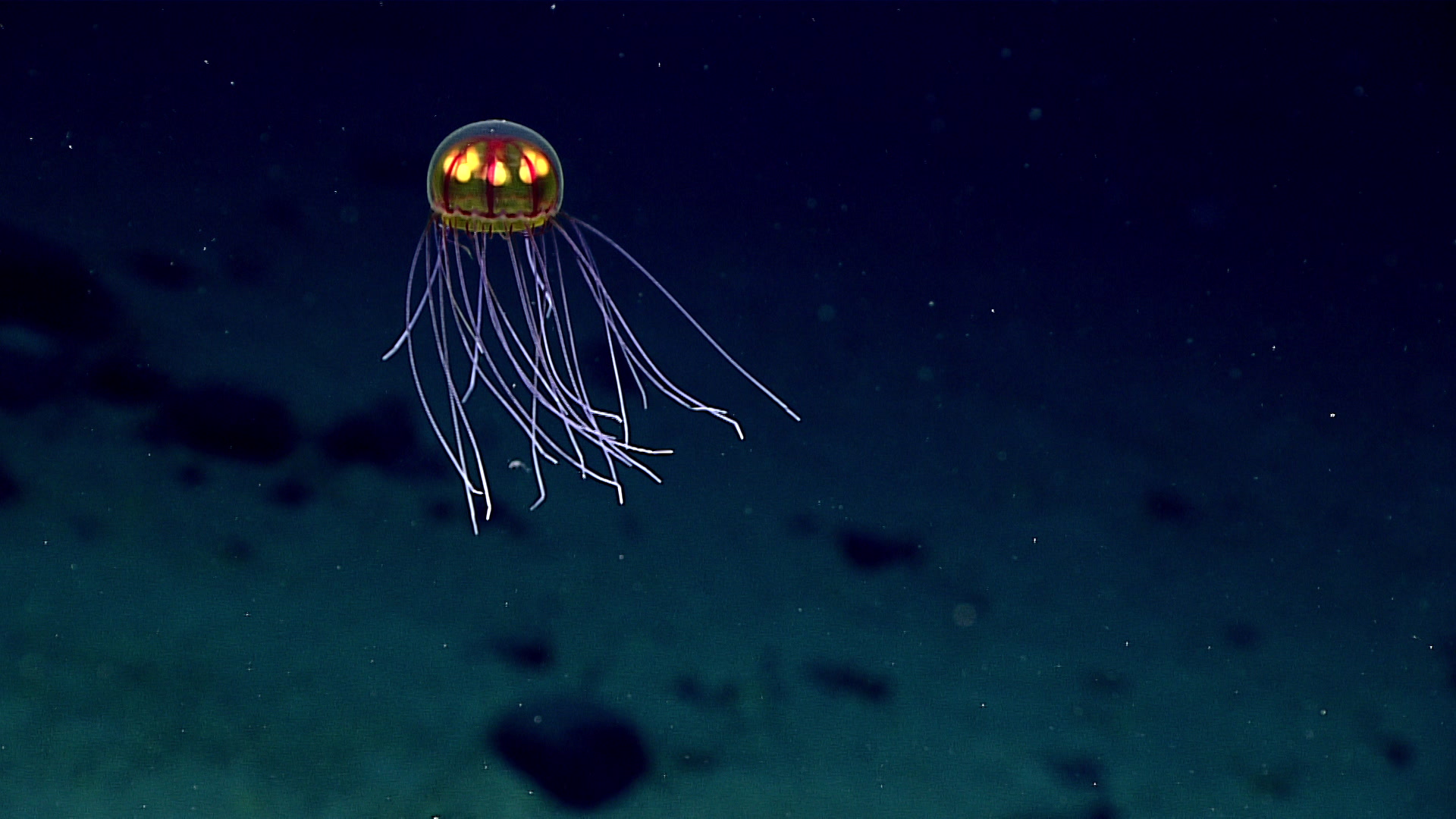
For more than a century, marine biologists probed gelatinous life with dip nets, glass jars, and field sketches. Those tools revealed life cycles, but the immortal trick hid in plain sight, since stressed animals are hard to keep alive and observe. Only with controlled tanks and persistent observation did the rewind become undeniable, shifting the jellyfish from curiosity to case study.
Fast forward to today’s labs, where single-cell RNA sequencing maps which genes fire in which cells during reversal, like a citywide power grid lighting up neighborhood by neighborhood. Live imaging tracks migrating cells as they shed old identities and settle into new roles. Even CRISPR, while used cautiously in non-model organisms, is beginning to test which genes steady the process. The field has traveled from hand lenses to molecular time-lapse – and the picture keeps sharpening.
Why It Matters
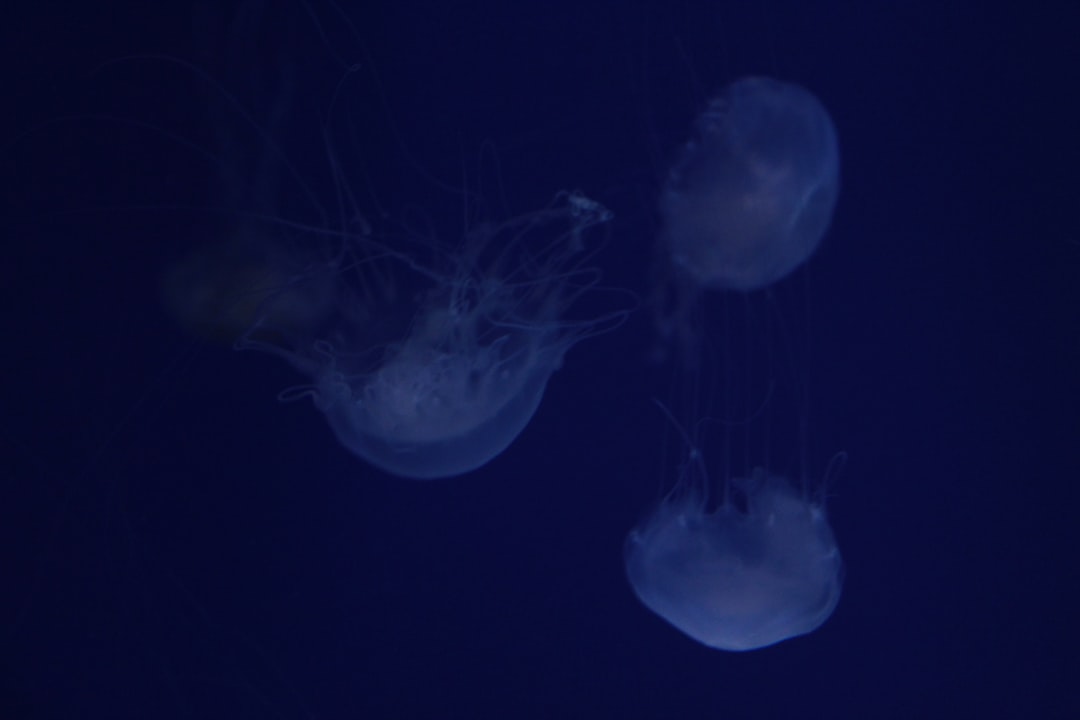
Most aging research has relied on simplifying the question – studying isolated cells, short-lived worms, or mice – to tease out universal rules. Turritopsis flips that approach by offering a whole-animal demonstration of system-wide rejuvenation. It shows that coordinated tissue reset is not only imaginable but evolutionarily workable, at least in a simple body plan. That’s a conceptual breakthrough: aging isn’t merely a one-way slide; it’s a state that can be actively reprogrammed under the right conditions.
In practical terms, lessons from the jellyfish intersect with efforts to refresh aging tissues without triggering cancer. Human cells can be nudged toward youthfulness using defined factors, but push too far and control unravels. The jellyfish’s reliance on partial switching and robust DNA repair hints at a safer lane for rejuvenation – temporary, targeted, and guarded by damage-control checkpoints. The prize isn’t endless life; it’s healthier years, where organs rebuild just enough to keep working smoothly. That’s a goal worth chasing.
The Future Landscape
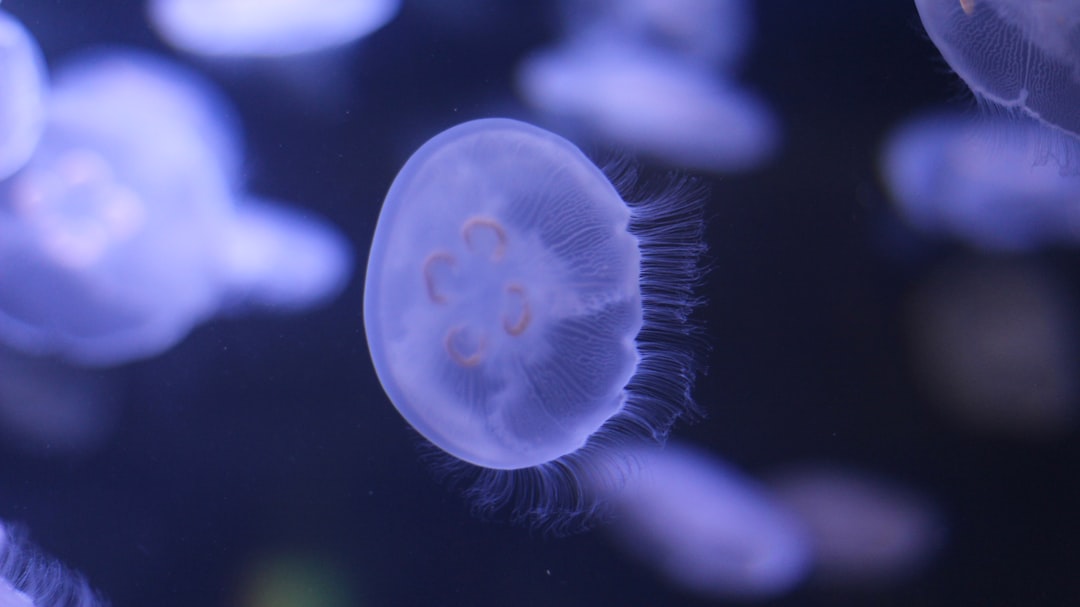
Expect a surge of comparative studies that pit Turritopsis against species that regenerate well, like hydra and planarians, to extract common rules. Partial reprogramming therapies are already being tested in mammals, and jellyfish data could inform how long and how strongly to apply those molecular nudges. Engineers are building biomaterials that host cells while they reset, taking cues from how jelly matrices cushion the transition. The dream is a toolkit that tunes cell identity with the finesse of a dimmer switch rather than a lightbulb snap.
Challenges loom: translating jellyfish biology into human medicine means navigating immune systems, complex organ architecture, and decades of cellular wear. Regulators will demand rock-solid safety, especially where rejuvenation might awaken dormant mutations. Ecologically, changing oceans could influence jellyfish distributions, raising questions about invasive spread and balance in coastal food webs. In other words, the science may move fast, but the real-world roll-out must move carefully, step by step.
Global Perspectives
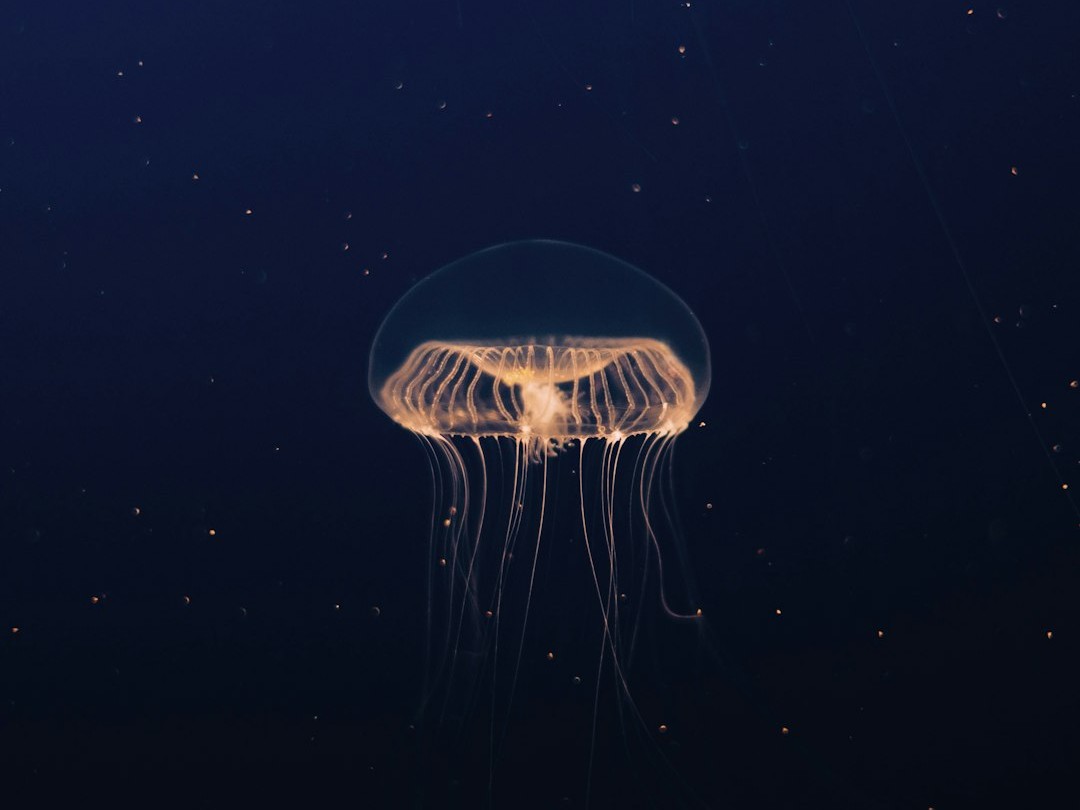
This story isn’t confined to one coastline, because Turritopsis has hitchhiked worldwide on ship hulls and in ballast water. That distribution turns the species into a natural experiment across temperatures, salinities, and ecosystems, revealing how environment shapes the reset program. Marine stations from the Mediterranean to the Pacific now share protocols and data to standardize observations, making results less dependent on local quirks. Cross-border collaboration is the only way to separate universal mechanisms from habitat-specific tricks.
Public interest is another international force multiplier. When a tiny jellyfish is framed as a window on aging, it draws attention that more obscure worms rarely get. That visibility helps secure funding for core infrastructure – long-term aquaria, sequencing platforms, and imaging rigs – that benefits a whole swath of marine science. With coordinated networks, the field can move from scattered anecdotes to robust, comparable datasets. That shift is how mysteries become mechanisms.
Conclusion
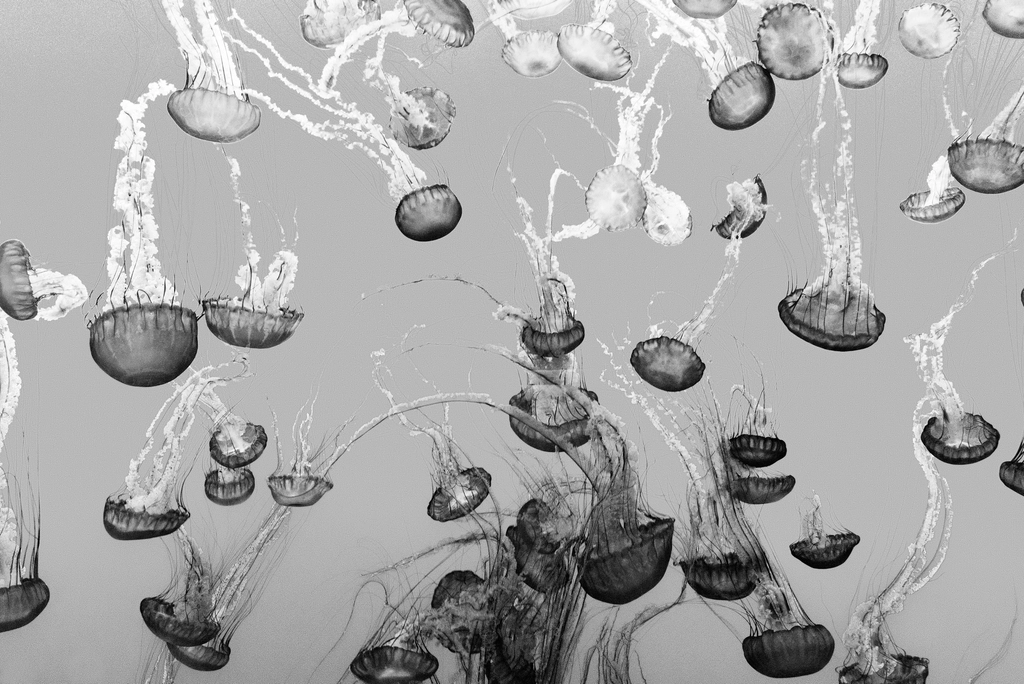
If this topic grabbed you, there are simple ways to help transform curiosity into progress. Support aquariums and marine labs that run public-facing programs, because those tanks are where long-term observations make breakthroughs possible. Join community science efforts that log jellyfish blooms, giving researchers time-stamped, location-rich clues about when and where to watch. If you donate to research, look for projects that combine field observations with molecular tools, since that pairing is the engine of discovery.
On the policy side, backing ballast-water rules and coastal monitoring helps keep ecosystems balanced while scientists do their work. And on a personal note, keep asking hard questions about aging, regeneration, and what a safer kind of rejuvenation might look like in humans. Curiosity is fuel, and this little jellyfish has shown there’s more road ahead than we once imagined. What possibility surprised you most today?

Suhail Ahmed is a passionate digital professional and nature enthusiast with over 8 years of experience in content strategy, SEO, web development, and digital operations. Alongside his freelance journey, Suhail actively contributes to nature and wildlife platforms like Discover Wildlife, where he channels his curiosity for the planet into engaging, educational storytelling.
With a strong background in managing digital ecosystems — from ecommerce stores and WordPress websites to social media and automation — Suhail merges technical precision with creative insight. His content reflects a rare balance: SEO-friendly yet deeply human, data-informed yet emotionally resonant.
Driven by a love for discovery and storytelling, Suhail believes in using digital platforms to amplify causes that matter — especially those protecting Earth’s biodiversity and inspiring sustainable living. Whether he’s managing online projects or crafting wildlife content, his goal remains the same: to inform, inspire, and leave a positive digital footprint.

